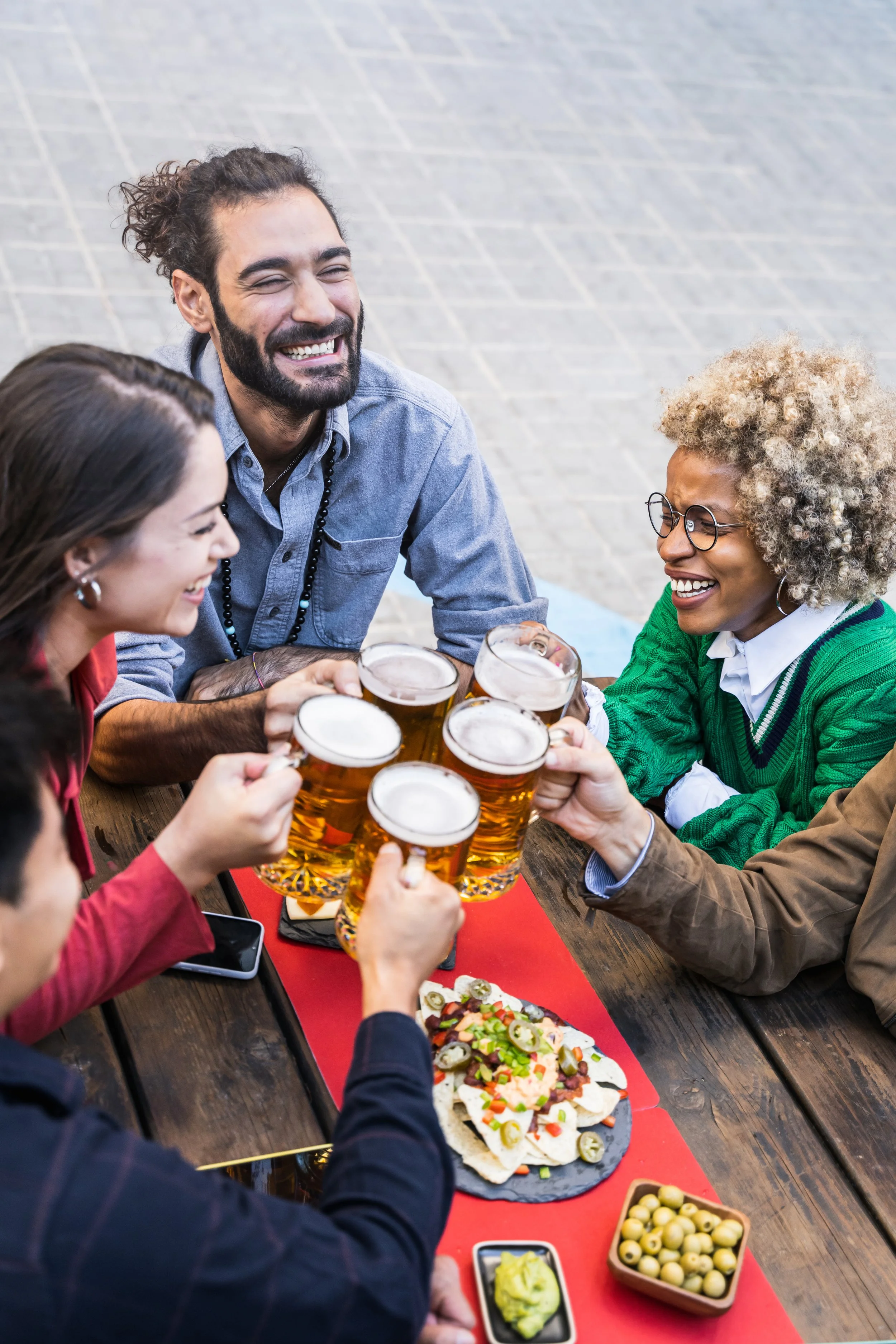Tourism Trails and Passport Programs
At RTN, we believe collaboration is one of the most powerful tools to drive rural tourism forward. And lately, one model keeps standing out: themed trails and passport programs. From food to history to outdoor adventures, these themed programs are helping rural regions extend visitor stays by connecting tourists to their niche interests.
In this newsletter, we’re diving deep into why trails and passport programs work, and how rural destinations can use these tools to grow stronger together. Don’t miss what’s happening in rural tourism and RTN updates below.
What are trails and passport programs?
Typically, these programs are themed collections of experiences—like craft breweries, farm stands, or historic sites—that are linked together into an itinerary and share marketing resources. Visitors might receive a printed map or a digital “passport” they can stamp at each stop, creating both a sense of adventure and a gentle nudge to keep exploring. What starts as a single trip to one attraction can quickly become a multi-day journey across a region. This marketing strategy is effective at spreading visitors' stay and spending, because if they are traveling to a brewery (or farm, winery, ect.) they are very likely to want to visit another one nearby.
In Central New York, this idea has taken root in several ways. Brew Central connects the area’s breweries and distilleries into a combined tourism product. The Central NY Cheese Trail highlights creameries and farmstead cheese makers, drawing food-focused travelers deeper into the countryside. And the Haunted History Trail links historic sites with spooky folklore, giving visitors a reason to wander beyond the usual tourist hubs. Each of these programs pools marketing resources, provides a clear theme for promotion, and makes it easy for visitors to extend their stay by pointing them to things they are interested in.
Impact of Tourism Trails and Passport Programs
The results are powerful. A brewery that might normally attract only local patrons benefits from being part of a larger story that brings in visitors from hours away. A small family-run creamery gains visibility alongside bigger players, while also benefiting from the collective advertising dollars of the group. Lodging providers and restaurants see the spillover effects of visitors who decide to spend the night. In short, everyone amplifies each other’s reach, and the region as a whole becomes more competitive in attracting tourism dollars.
Just as important, these programs don’t appear overnight. They come together through collaboration; DMOs, chambers of commerce, and local businesses sit down at the same table to design a shared vision, align on marketing, and invest together. The benefits go beyond economics. Trails reinforce community identity, showcasing heritage and culture in ways that strengthen local pride while inviting visitors in. They also foster collaboration, often for the first time, between DMOs, farmers, shop owners, and local governments — building relationships that outlast the marketing campaign. That spirit of cooperation is exactly what makes Central New York’s trails so effective, and it’s the kind of model that can be replicated in small towns across the country.
Beyond New York, Colorado is taking this even further with its new Colorado Passport Program, designed to celebrate both America’s 250th anniversary and Colorado’s 150th statehood anniversary. The program isn’t limited to one theme but brings together history, food, and outdoor adventure under a single statewide passport — a model that shows just how scalable and flexible these programs can be. Elsewhere, Georgia Grown Trail and the Vermont Cheese Trail prove that when businesses and DMOs join forces, even niche themes can become powerful draws.
Room for Improvement
Tourism trails and passport programs are effective, but there’s still plenty of room for growth. Many trails remain siloed within county lines, even though travelers and attractions naturally cross borders. Expanding these efforts to a regional scale would create richer itineraries and attract broader audiences. Likewise, while single-theme trails are effective, visitors are going to visit other businesses along the way. Imagine a history trail that not only connects museums but also highlights nearby inns and restaurants, or an agritourism passport that pairs farm tours with dining and artisan shops. Themed itineraries are great starting points, but linking them to supportive businesses—lodging, dining, outdoor outfitters, and events—strengthens collaborative marketing strategies and extends visitors’ spend.
Another missed opportunity is with the many rails-to-trails projects cropping up across the country. These biking and hiking routes often connect multiple small communities, yet the surrounding businesses are rarely marketed as part of the experience. With a stronger hospitality tie-in, trails could encourage riders to stop, spend, and stay longer in the towns they pass through. Digital tools also have a role to play here: mobile wayfinding apps, digital passports with rewards, and real-time visitor data collection can all extend engagement and provide invaluable insights to DMOs. Finally, stronger cross-promotion between attractions, DMOs, and businesses would make these programs not just fun for visitors but powerful engines of economic development.
Conclusion
These programs are more than clever marketing; they’re blueprints for how rural communities can work together to create stronger tourism economies. Our goal is to help DMOs in other regions build similar models—expanding trails beyond county lines, linking multiple themes, and giving visitors more reasons to stay, spend, and return.
The takeaway is clear: trails and passport programs are proven, scalable models for rural tourism growth. They extend stays, spread visitor spending across communities, and create collaboration where it hasn’t existed before. At RTN, we believe these models are especially valuable for small towns and rural destinations that often lack the budgets for big, standalone campaigns. Part of our work will be helping DMOs access the tools and networks they need to design these kinds of collaborative programs, ensuring rural tourism can continue to grow in sustainable, connected ways.
What’s Happening in Rural Tourism:
Community Conversation: Partnership & Collaboration
🗓 October 1, 2025 | Virtual | 1:00–2:00 pm | Register here
Outdoor Professional Conference
🗓 November 4-8, 2025 | San Diego, CA | Details herePodcast Pick: “Should Tourism Be Treated as Economic Development? With Maree Forbes” — Destination Discourse | Listen Here
Article Spotlight (2025): “Small towns, massive opportunity: Unlocking rural America’s potential” — McKinsey Institute for Economic Mobility | Read Here
RTN Updates:
Rural Tourism Collaboration Toolkit – We’re putting together a practical guide that helps DMOs work across county lines. It’s full of templates, strategies, and real-world examples, designed to make collaboration easier and more impactful.
National Rural Tourism Survey – We’ve launched a survey to capture the clearest picture yet of rural tourism in the U.S. This data will feed into a white paper that DMOs, state offices, and funders can use to advocate for more support.
Why does this matter? Rural DMOs often face isolation and limited resources. By creating shared tools and shared data, we’re helping small organizations punch above their weight. Every survey response and every toolkit download moves us closer to a future where rural tourism has the same visibility and support as urban destinations.
👉 Please share our survey with your network: Take the survey here.
👉 Know a rural DMO who should be in the loop? Forward this newsletter to them and help us grow the movement.


